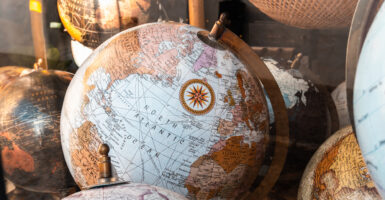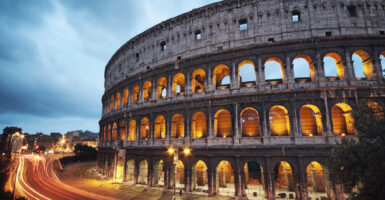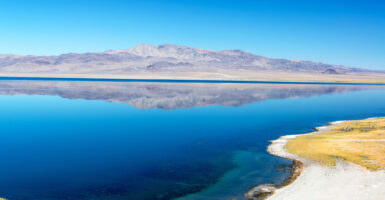20 Once-Mighty Lakes and Rivers That Completely Vanished
Water has long been the lifeblood of civilizations – shaping settlements and sustaining millions through time. Yet across our planet, mighty bodies of water that once defined landscapes have simply vanished… leaving behind only memories and dusty basins. These lost waterways tell a sobering tale of environmental change, human choices, and nature’s delicate balance.
Modern satellites and historical records paint a stark picture. Each lost giant has its own story of decline.
Lake Poopó
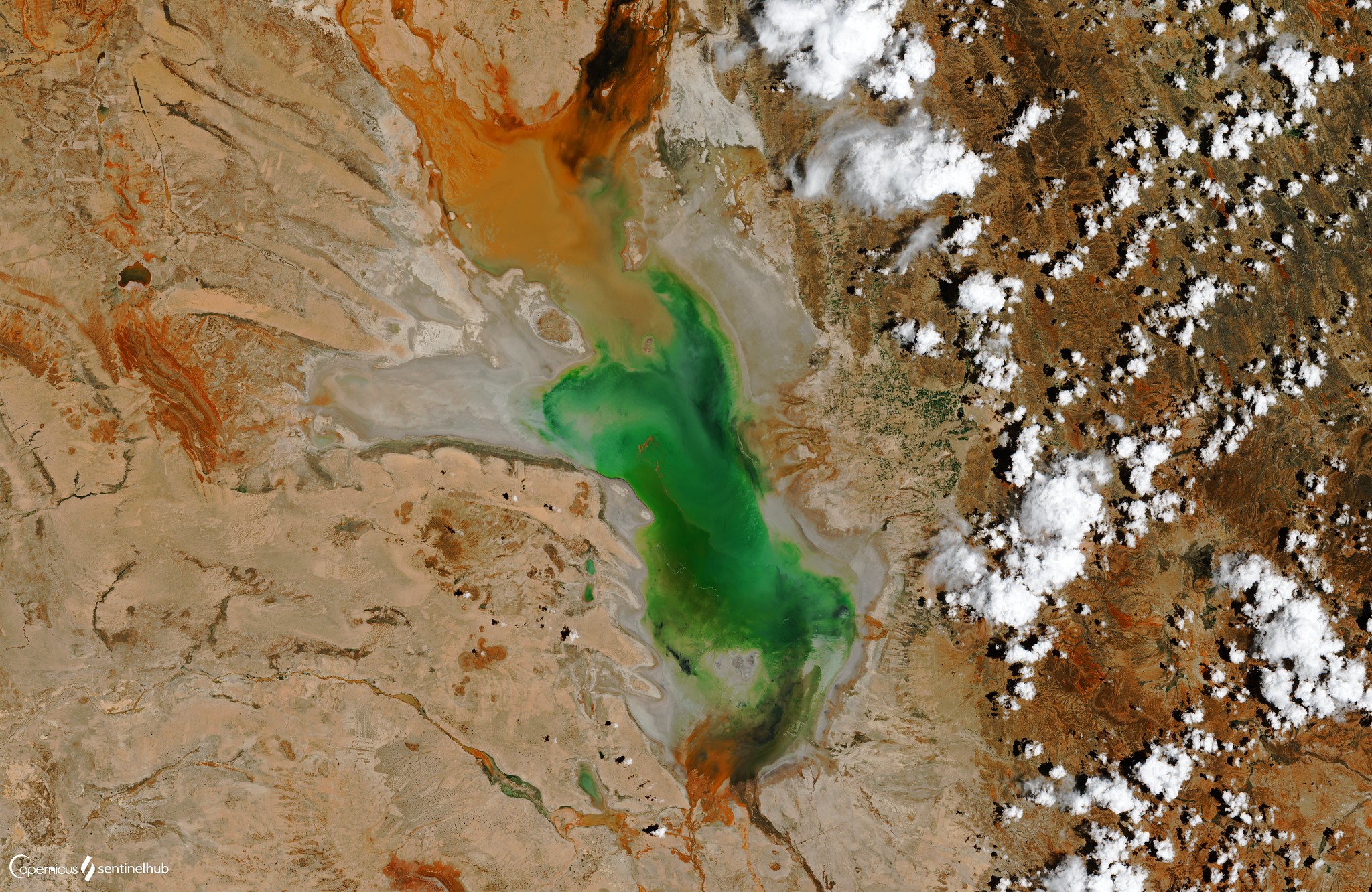
Over 1,000 square miles of water once stretched across the Bolivian highlands. Lake Poopó was massive. Mining operations upstream diverted crucial water supplies – and climate change sped up evaporation. By 2015, it had dried up completely.
Entire communities abandoned their ancestral homes. The vast salt flat remains, decorated with rusting fishing boats (silent monuments to what once was).
The Colorado River Delta
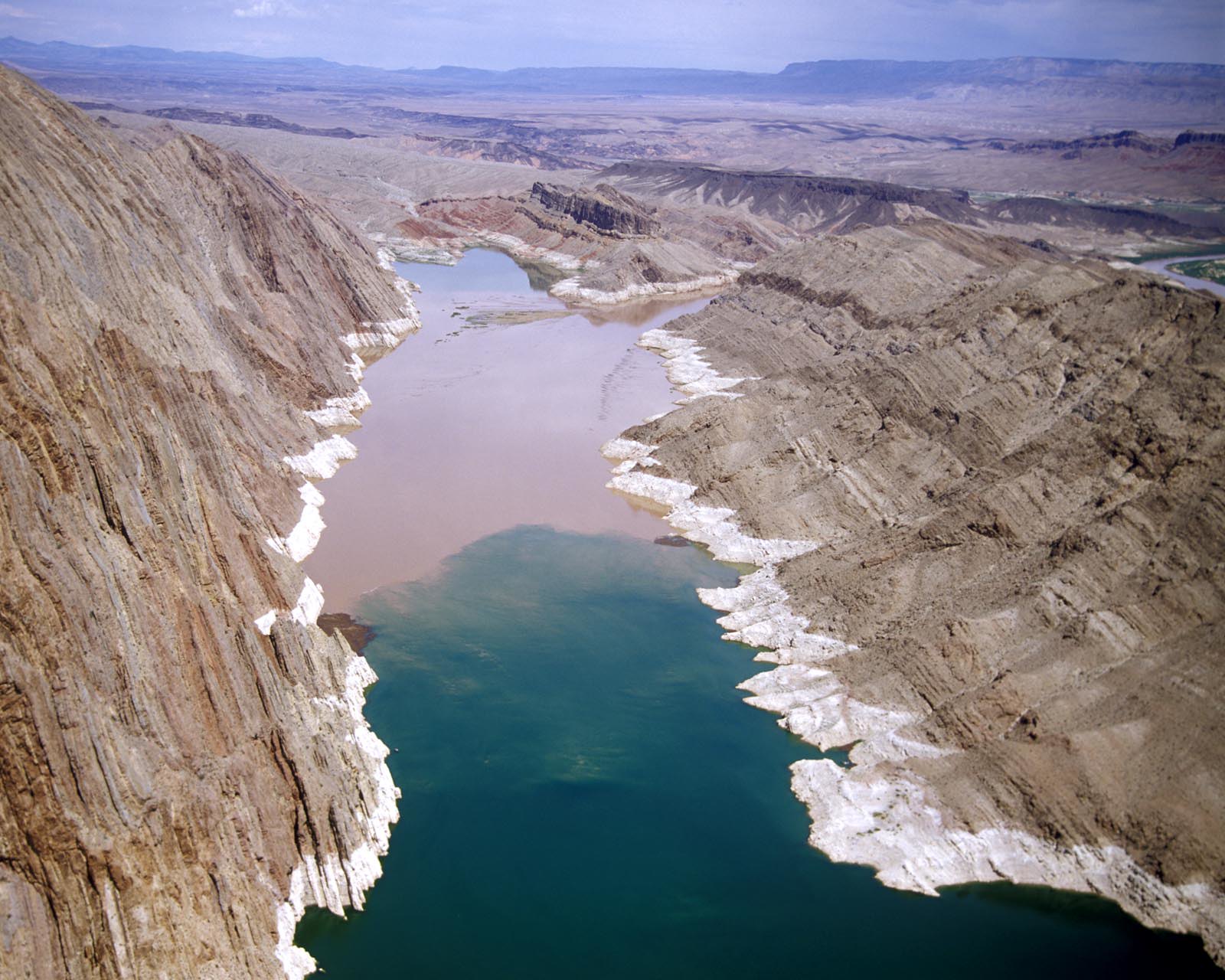
The Colorado River carved out something incredible – a verdant delta spanning 2 million acres where it met the Sea of Cortez. Then came the dams and diversions… reducing its flow to barely a trickle.
These days the river rarely reaches its historical endpoint. The once-lush ecosystem stands barren. Local farmers keep drilling deeper wells while native species like the vaquita porpoise hang by a thread.
Like Go2Tutors’s content? Follow us on MSN.
Owen’s Lake
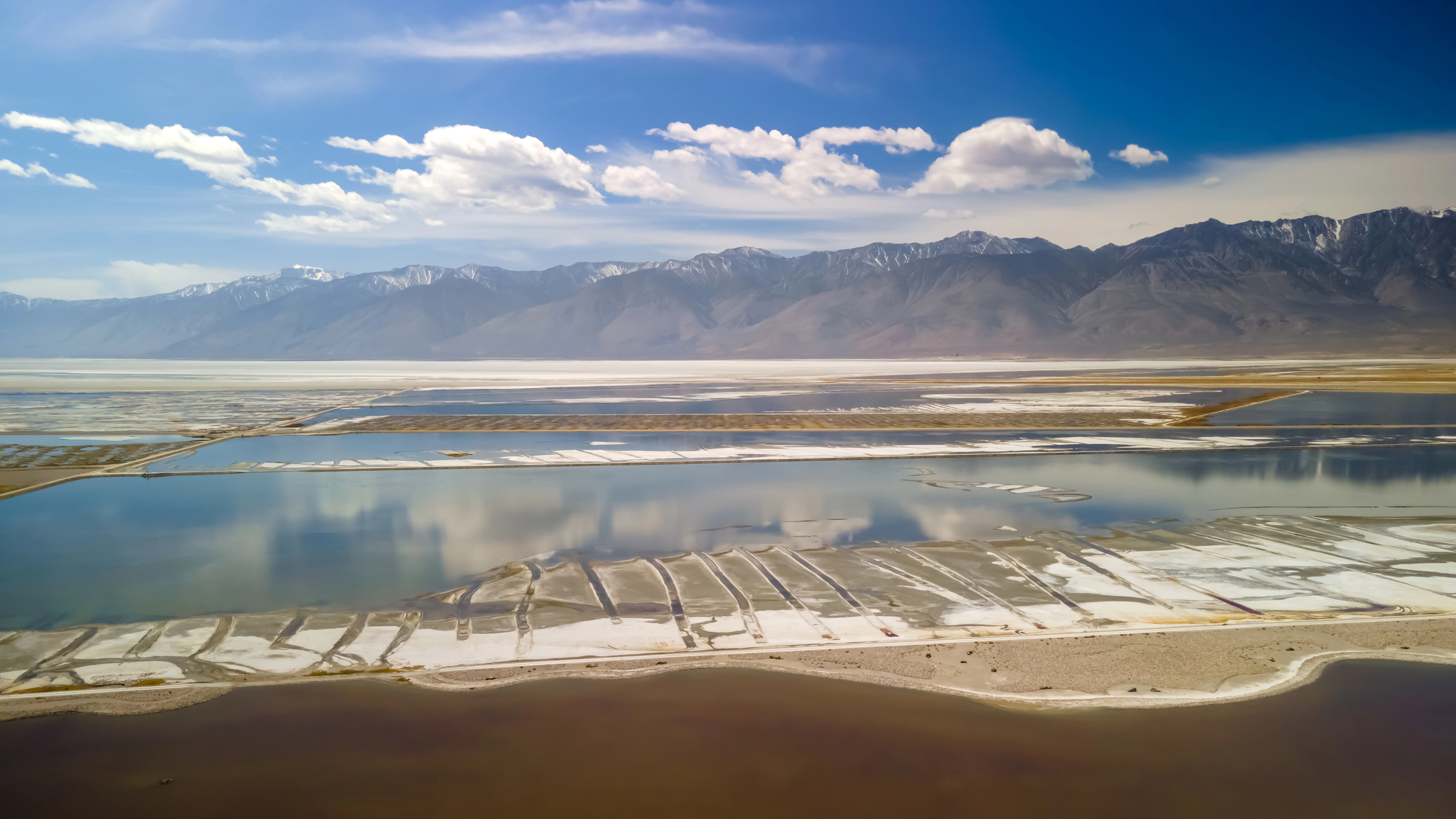
A century back, Owen’s Lake covered 108 square miles in California’s Owens Valley. Then Los Angeles got thirsty. The aqueduct diverted its water source 200 miles away to feed the growing city. Gone by 1926.
The site became North America’s largest source of toxic dust… forcing local authorities to spend millions each year just keeping the hazardous storms at bay.
Lake Urmia
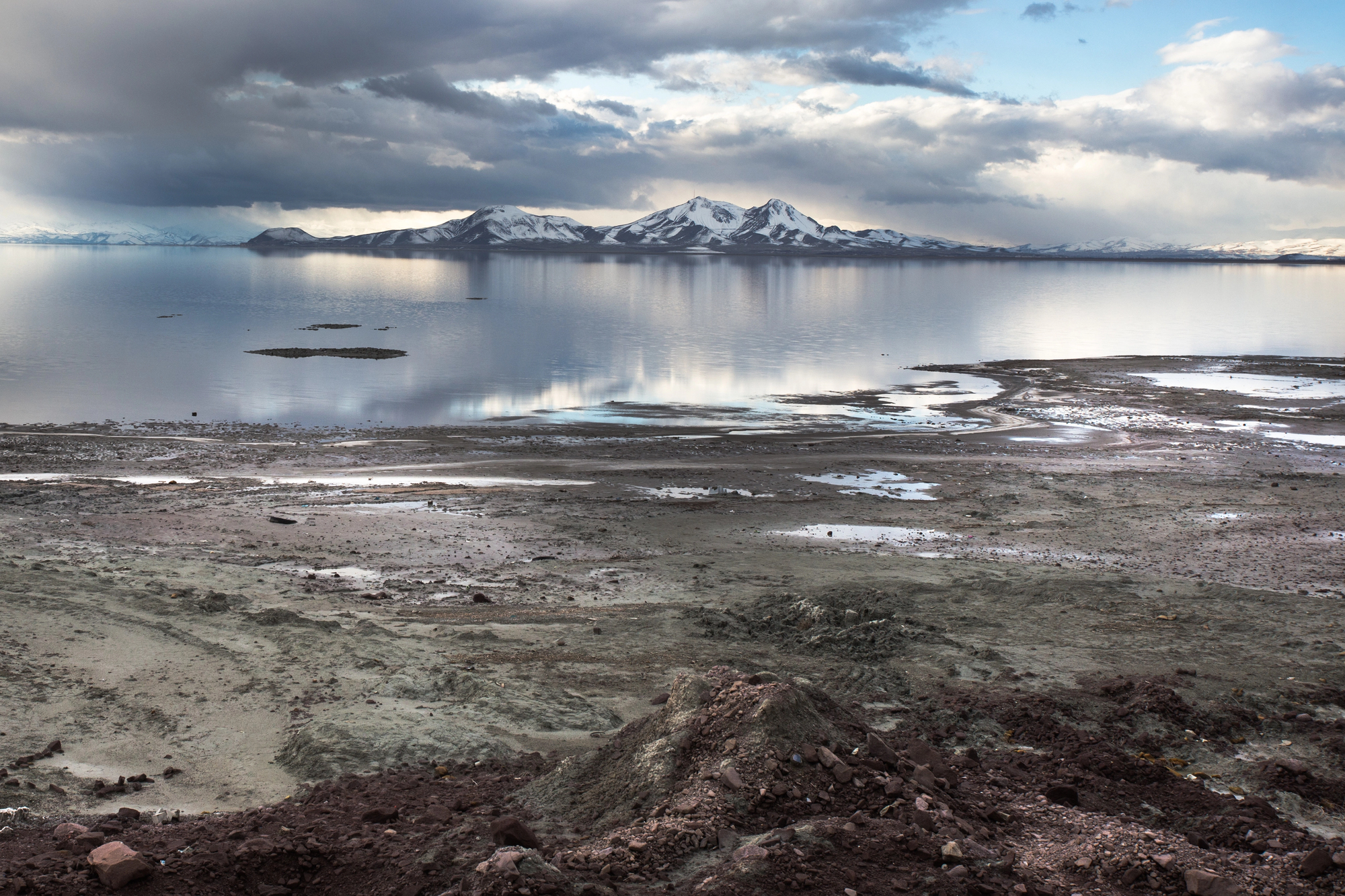
Iran’s crown jewel drew millions to its healing waters and flamingo-filled shores. But dam building and farms needed water – lots of it. Between 1997 and 2015, the lake shrank by 80%.
The vibrant blue waters transformed into crimson pools and salt flats. The beachfront hotels stand empty – miles from any trace of water.
The Aral Sea
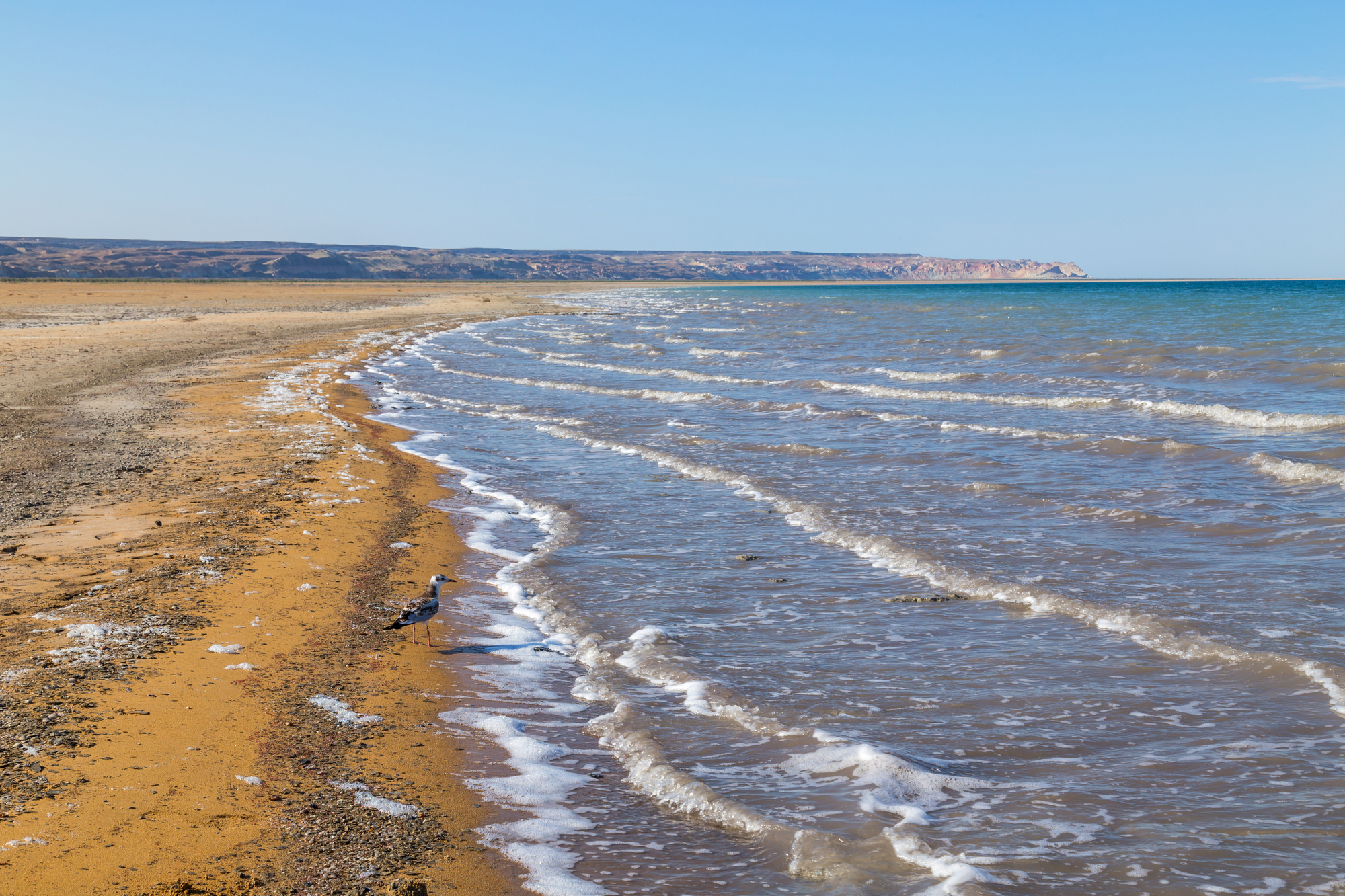
Soviet planners had big ideas for irrigation. The result transformed Central Asia’s mighty Aral Sea from fourth-largest lake to toxic puddles. Ships rust in desert sands 60 miles from where waves once lapped.
The weather turned extreme – colder winters, blazing summers. And the dust storms spread salt and pesticides across hundreds of miles.
Like Go2Tutors’s content? Follow us on MSN.
Lake Cahuilla
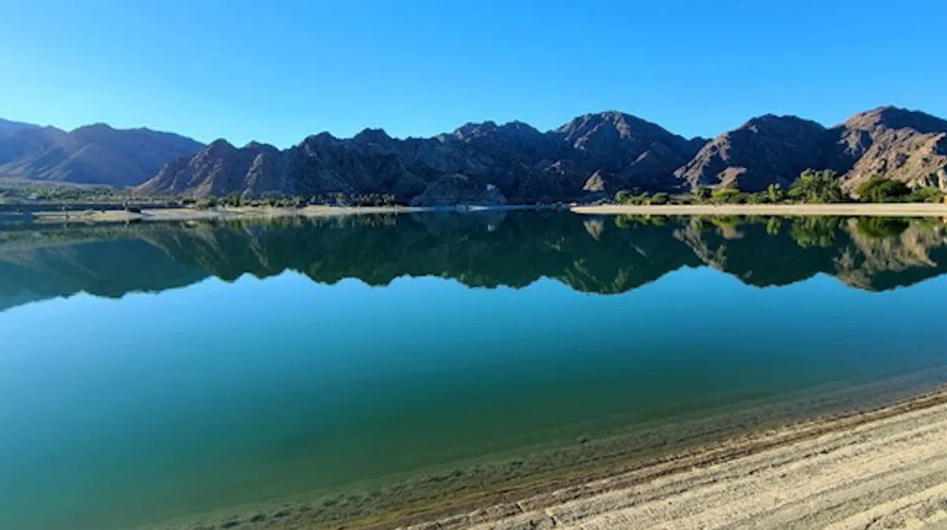
Nature did its own thing here – filling and drying this massive lake in California’s Imperial Valley. It stretched larger than Lake Tahoe. Last appeared around 1700.
The old shorelines remain visible on nearby mountains… and sometimes the Salton Sea pops up in its basin when floods roll through.
The Yellow River Delta
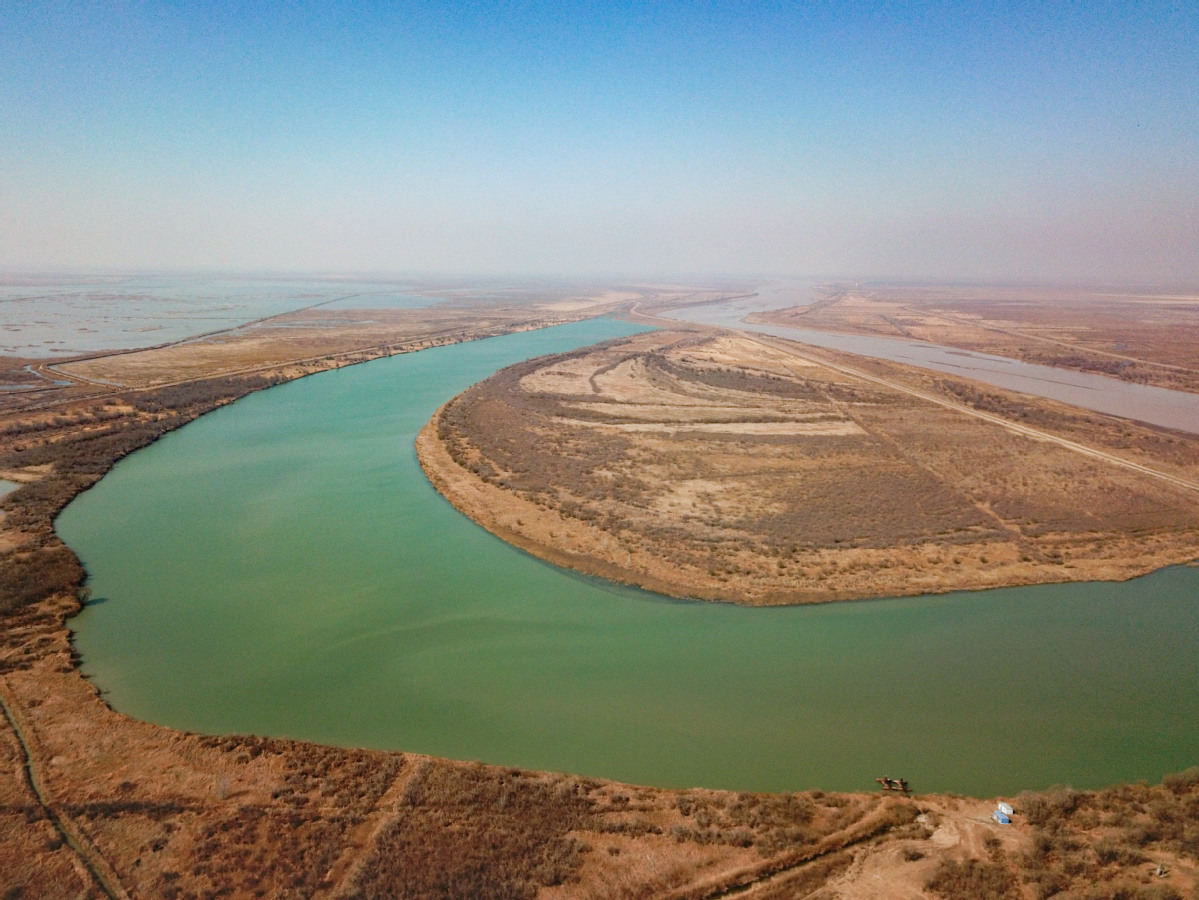
The mother river of China branched into an incredible delta supporting millions. But by ’97, things changed drastically. The river stopped flowing 226 days that year.
The water moves again now, but the ancient delta wetlands are mostly gone – replaced by factories and city sprawl.
Lake Chad
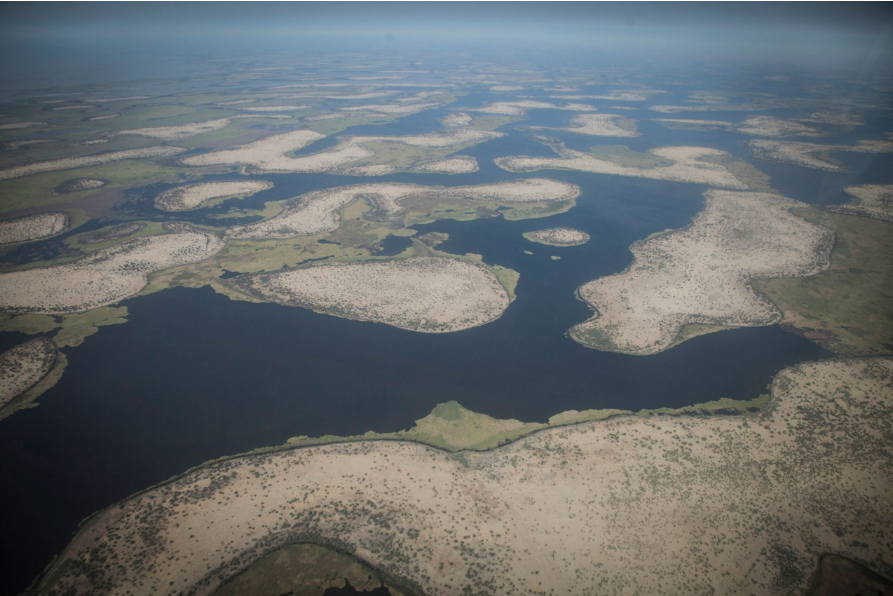
Back in the ’60s, Lake Chad matched Lake Erie in size. It’s lost 90% of its water since then. The combination of climate change and human water needs turned this freshwater giant into scattered pools.
Millions across four countries scramble for the remaining resources.
Like Go2Tutors’s content? Follow us on MSN.
The Dead Sea
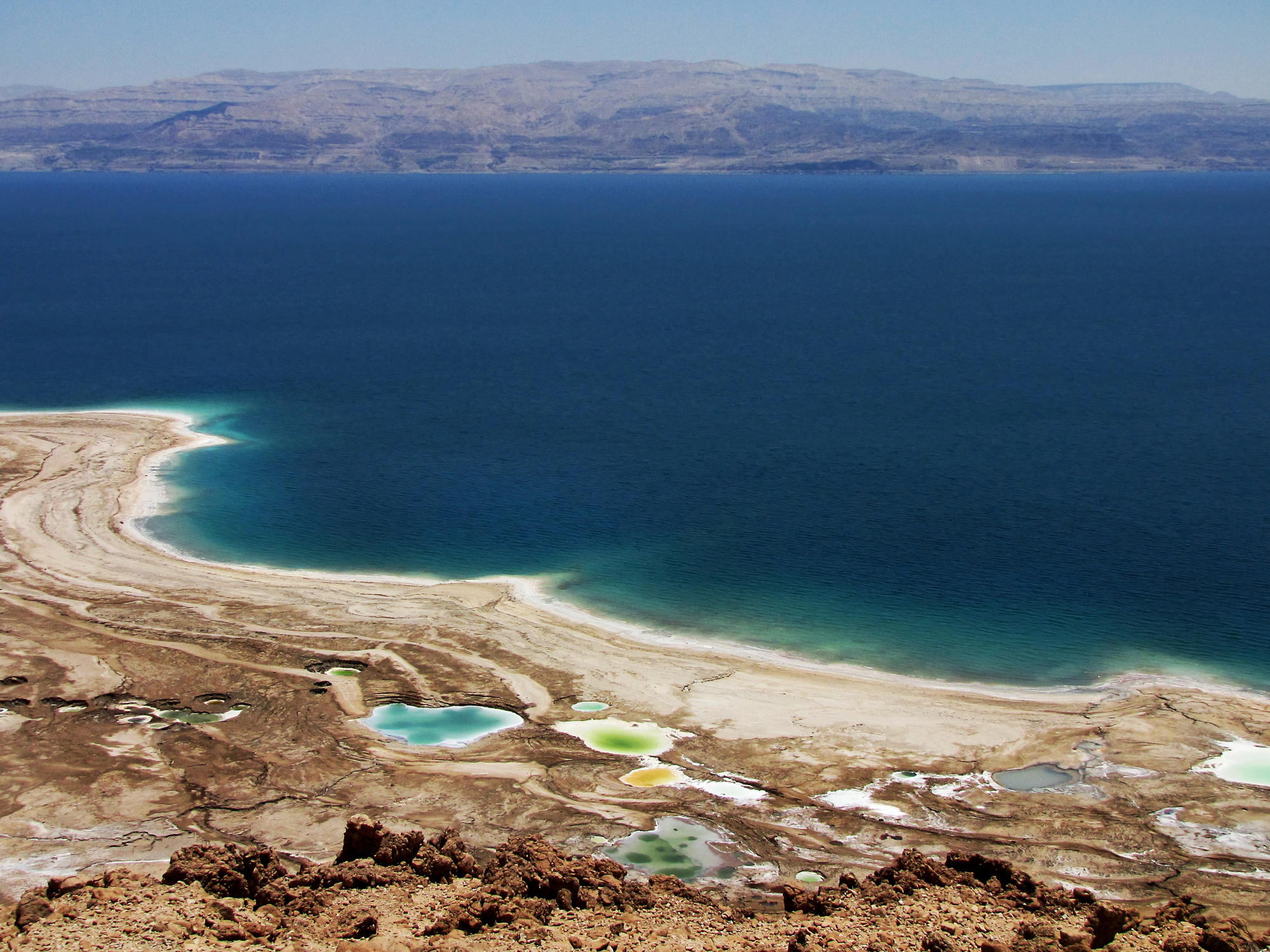
The Dead Sea drops more than 3 feet every year as Jordan and Israel divert the Jordan River upstream. Sinkholes devour former beachfront resorts while the unique ecosystem faces unprecedented stress.
A proposed Red Sea canal offers distant hope, but implementation remains uncertain.
The Great Black Swamp
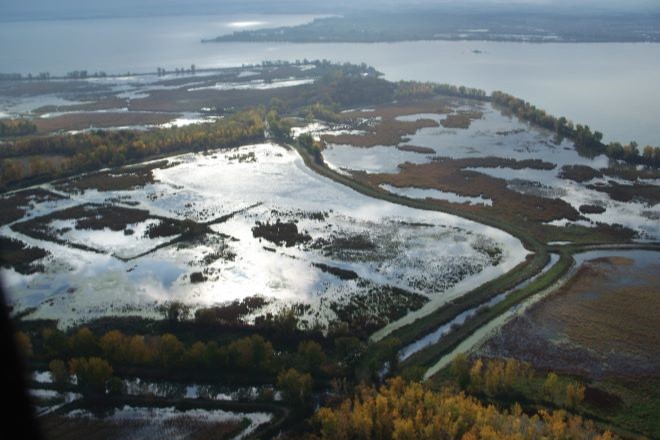
Ohio once contained this massive wetland – bigger than the Everglades. The 1800s brought drainage projects, turning it all into farmland.
The rich soil came with consequences: Lake Erie’s algae problems and persistent floods. Small restoration projects aim to reclaim fragments of the lost ecosystem.
Tulare Lake
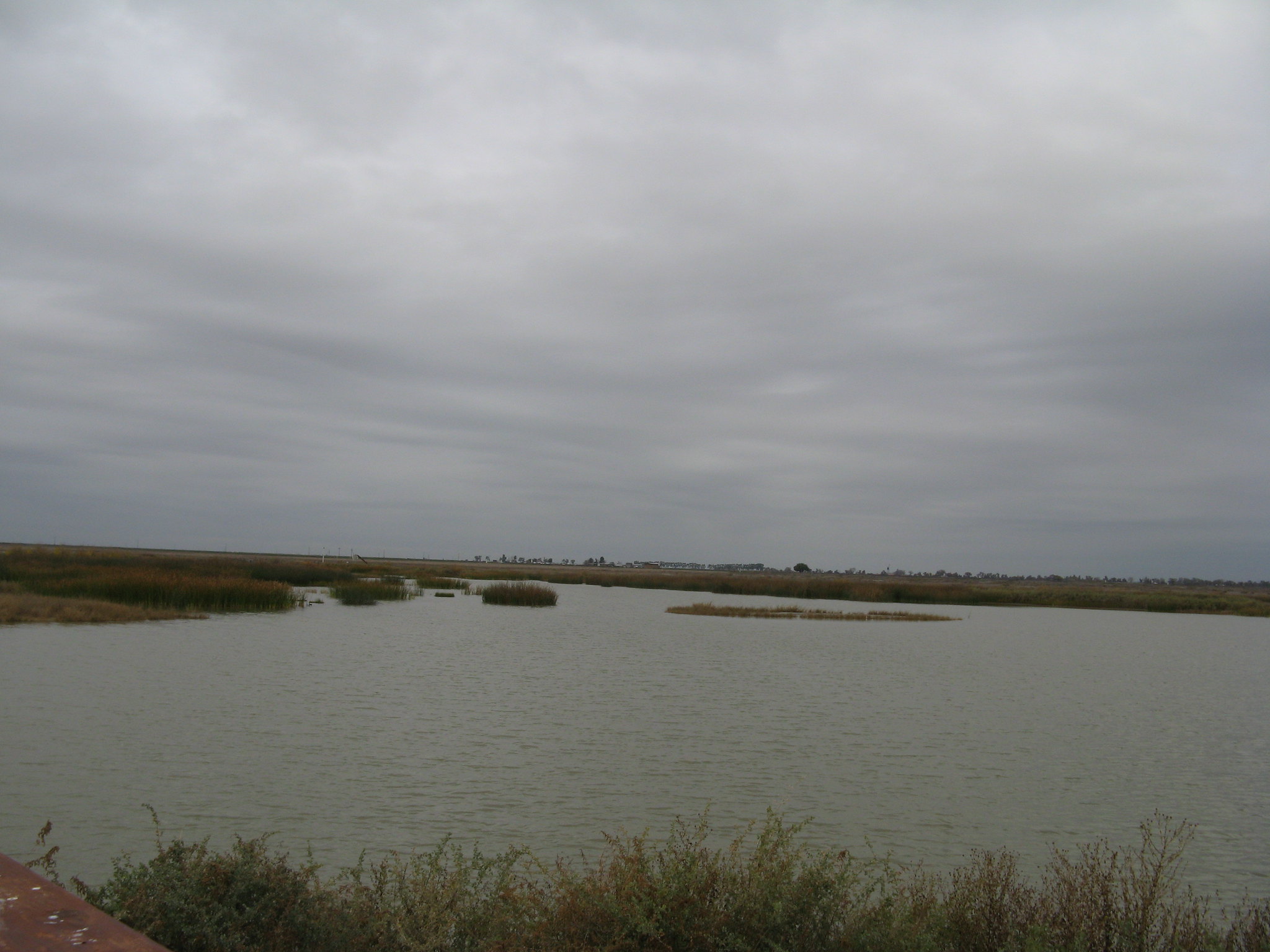
The biggest freshwater lake west of the Mississippi vanished as farming claimed its water supply. Cotton and grain now grow where waves once rolled.
Heavy rains occasionally resurrect a ghost of the old lake.
Like Go2Tutors’s content? Follow us on MSN.
The Ogallala Aquifer
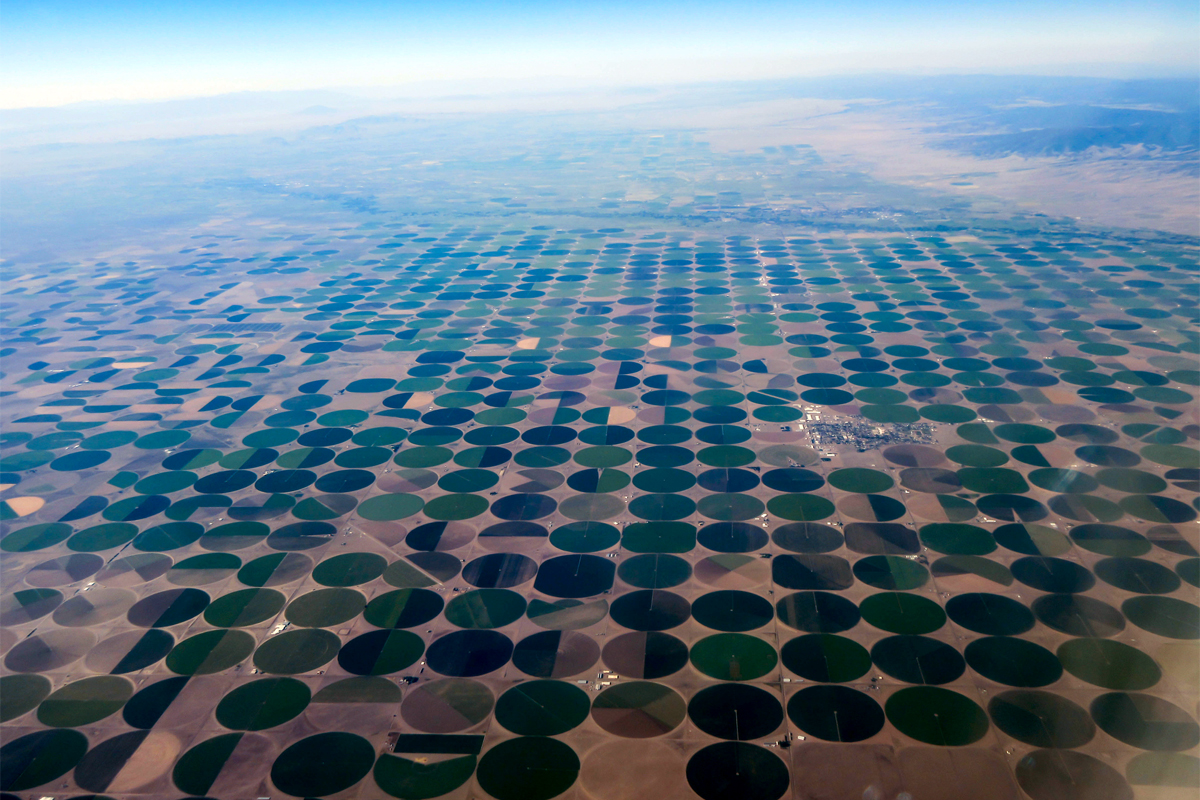
This invisible giant beneath eight states loses water like crazy – equivalent to 18 Colorado Rivers annually. Some regions have already exhausted their share.
Local farmers have returned to traditional dryland farming techniques.
Mar Chiquita
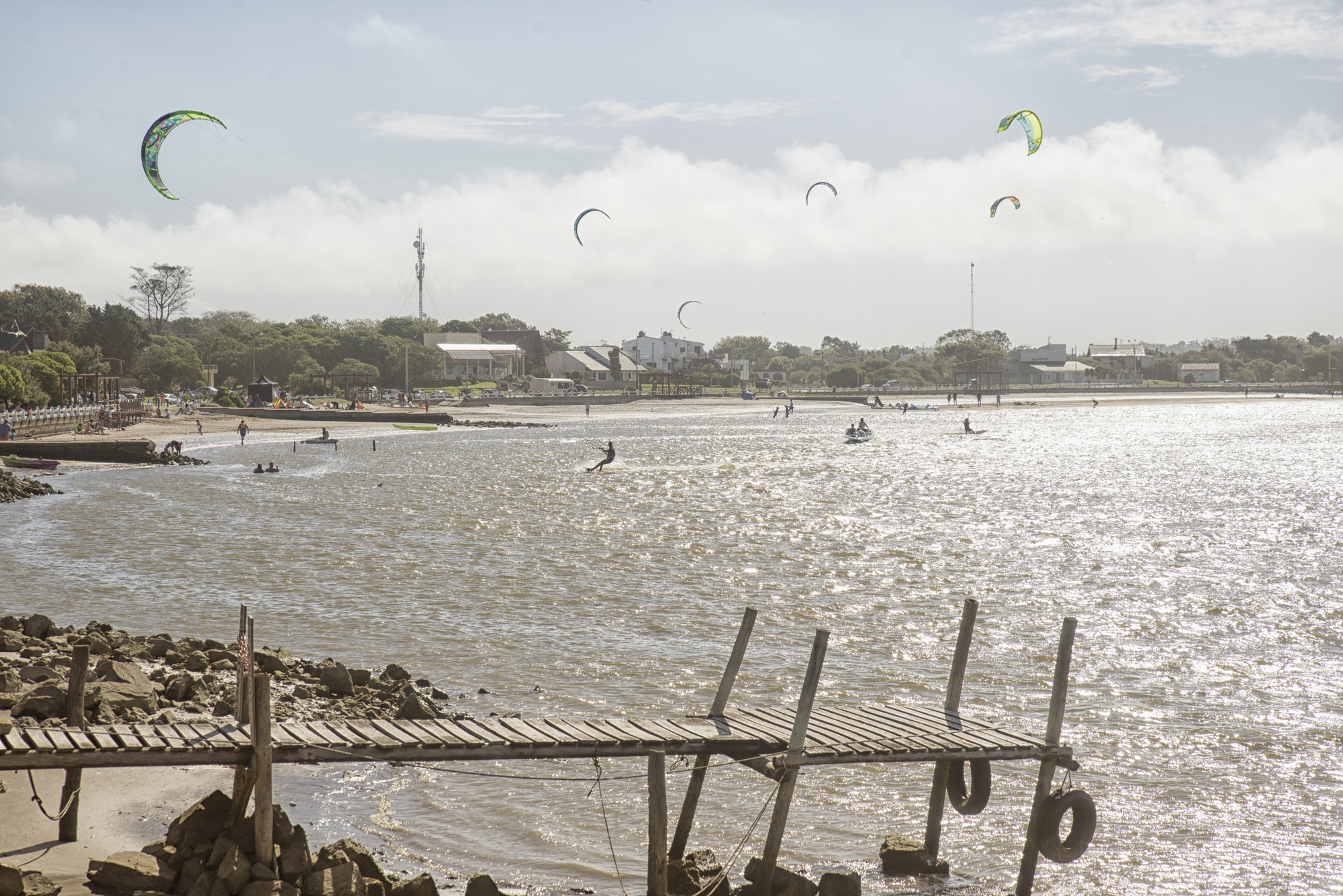
South America’s second-biggest lake lost half its size since the ’70s. More farms and changing climate took their toll.
The flamingos struggle to adapt. Former shorelines have become vast salt flats stretching to the horizon.
Walker Lake
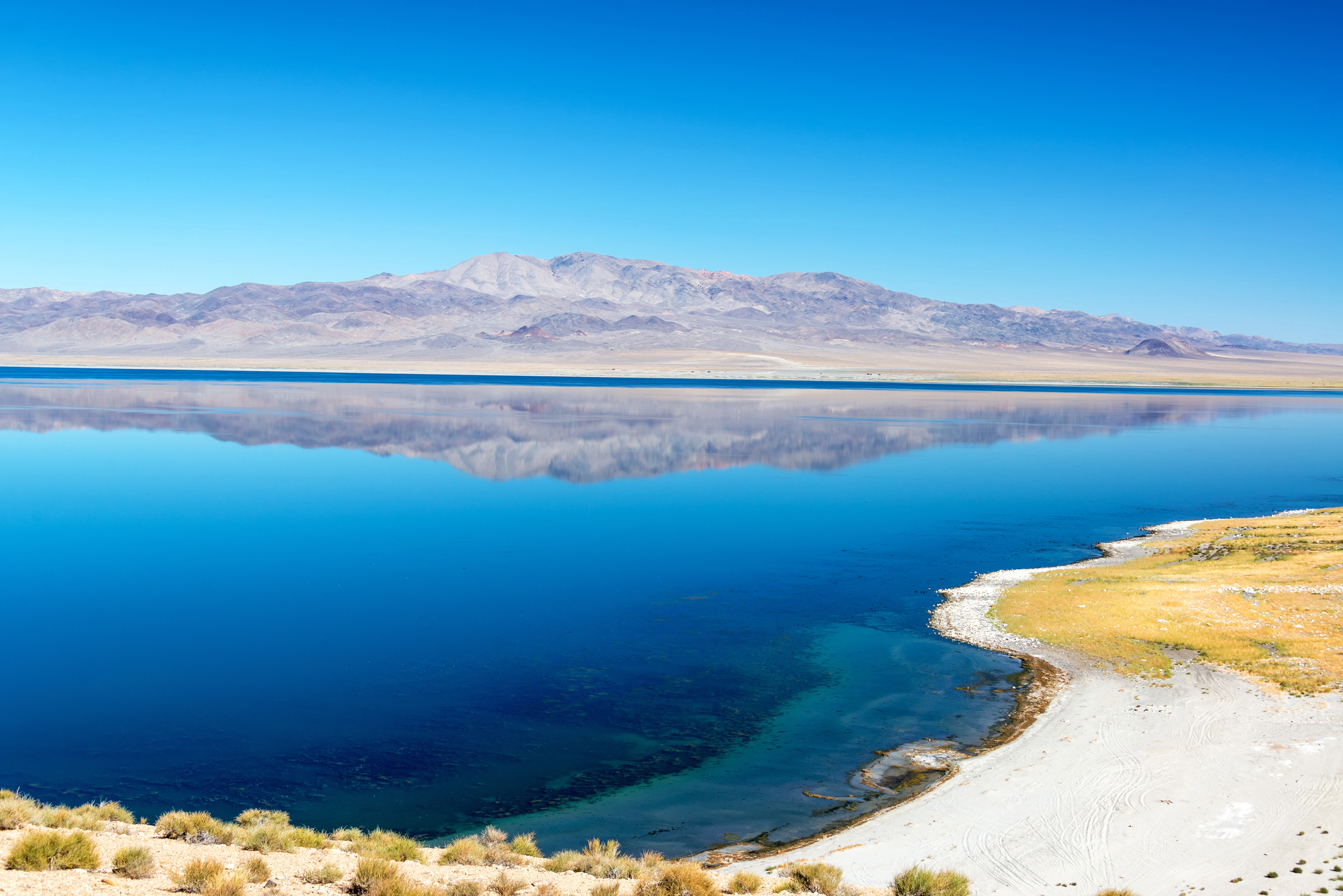
Since the 1880s, this ancient lake has dropped 181 feet. Upstream irrigation claims most of the water.
The local Lahontan cutthroat trout strain struggles in increasingly saline waters while communities watch their recreational paradise fade away.
Like Go2Tutors’s content? Follow us on MSN.
Mono Lake
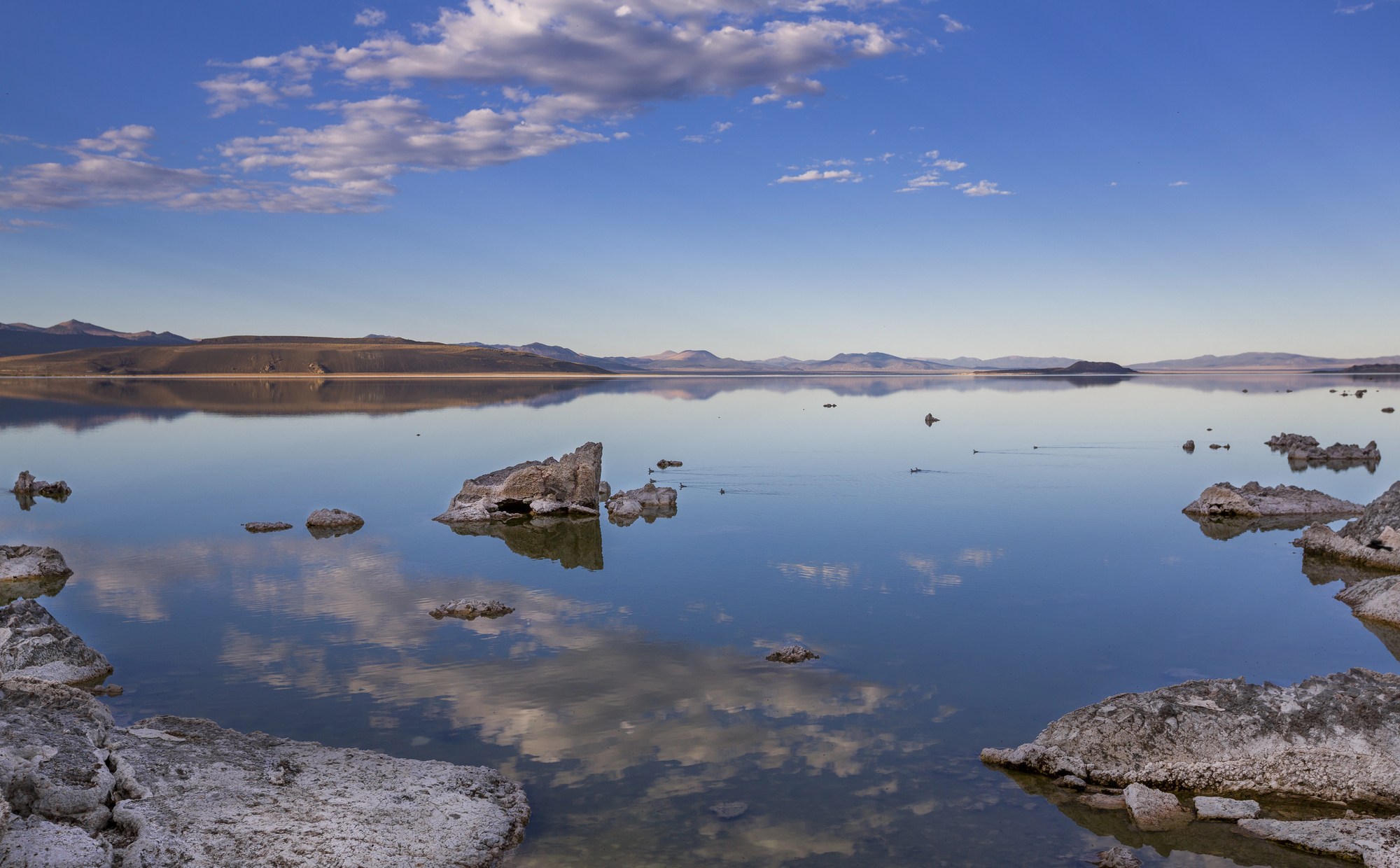
This nearly-lost lake dropped 45 feet when Los Angeles began diverting its tributary streams. Court-ordered protections arrived just in time.
The water level remains well below historical marks, but its partial recovery offers hope for other threatened waters.
Lake Megachad
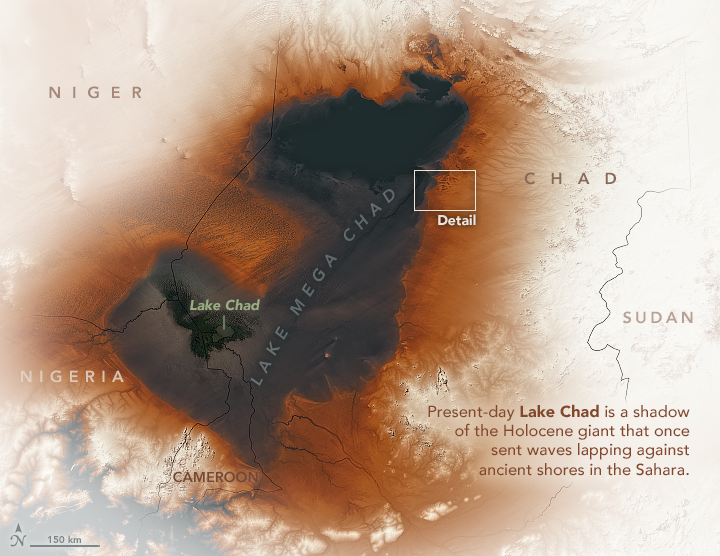
Satellites still reveal the outline of this monster lake – once covering 139,000 square miles of Central Africa. Its gradual disappearance transformed the Sahara from savanna to desert.
Only the much smaller modern Lake Chad remains.
The Hamoun Wetlands
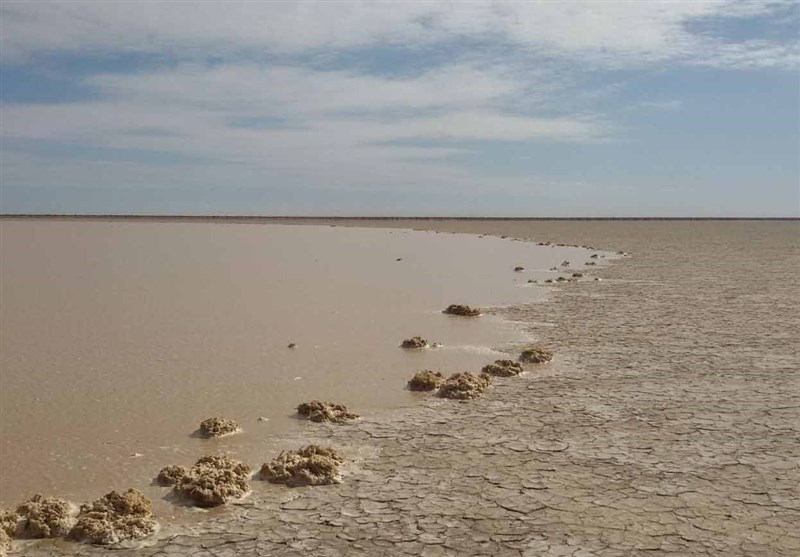
Iran’s largest freshwater system diminished to seasonal puddles. Upstream dams in Afghanistan and brutal droughts sealed its fate.
Former fishing villages battle constant dust and salt storms while wildlife clings to existence.
Like Go2Tutors’s content? Follow us on MSN.
The Indus Delta
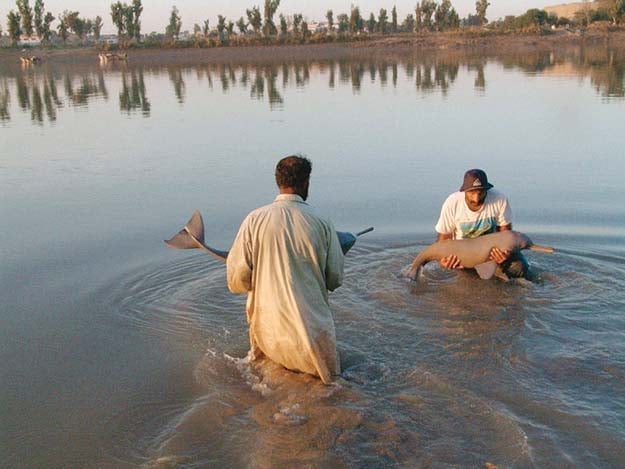
The delta once spanned 12,900 square miles – now reduced by 92% since 1833. Upstream dams and diversions cut freshwater flow to almost nothing.
Saltwater intrusion ruins farmland, forcing entire communities to relocate.
Lake Toshka

Rising Nile waters created four huge lakes in Egypt’s Western Desert during the ’90s. Nearly all vanished by 2012.
Salt flats and abandoned farms mark their brief existence – a testament to nature’s power to create and destroy water bodies.
Mexico City’s Lakes
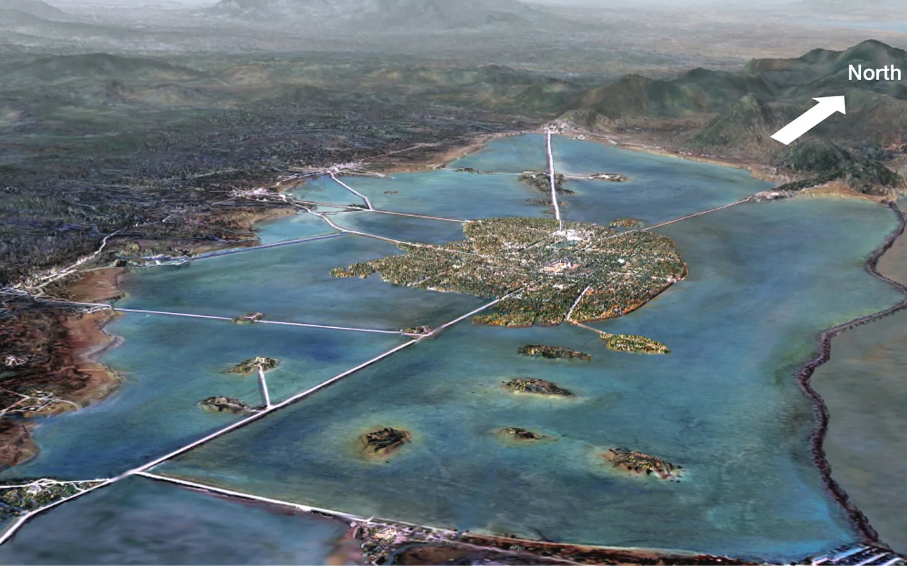
The Aztec capital Tenochtitlan thrived on an island surrounded by interconnected lakes. Spanish colonizers drained them for expansion.
Modern Mexico City slowly sinks into its former lakebed – a daily reminder of transformed landscapes.
Like Go2Tutors’s content? Follow us on MSN.
Lessons from Lost Waters
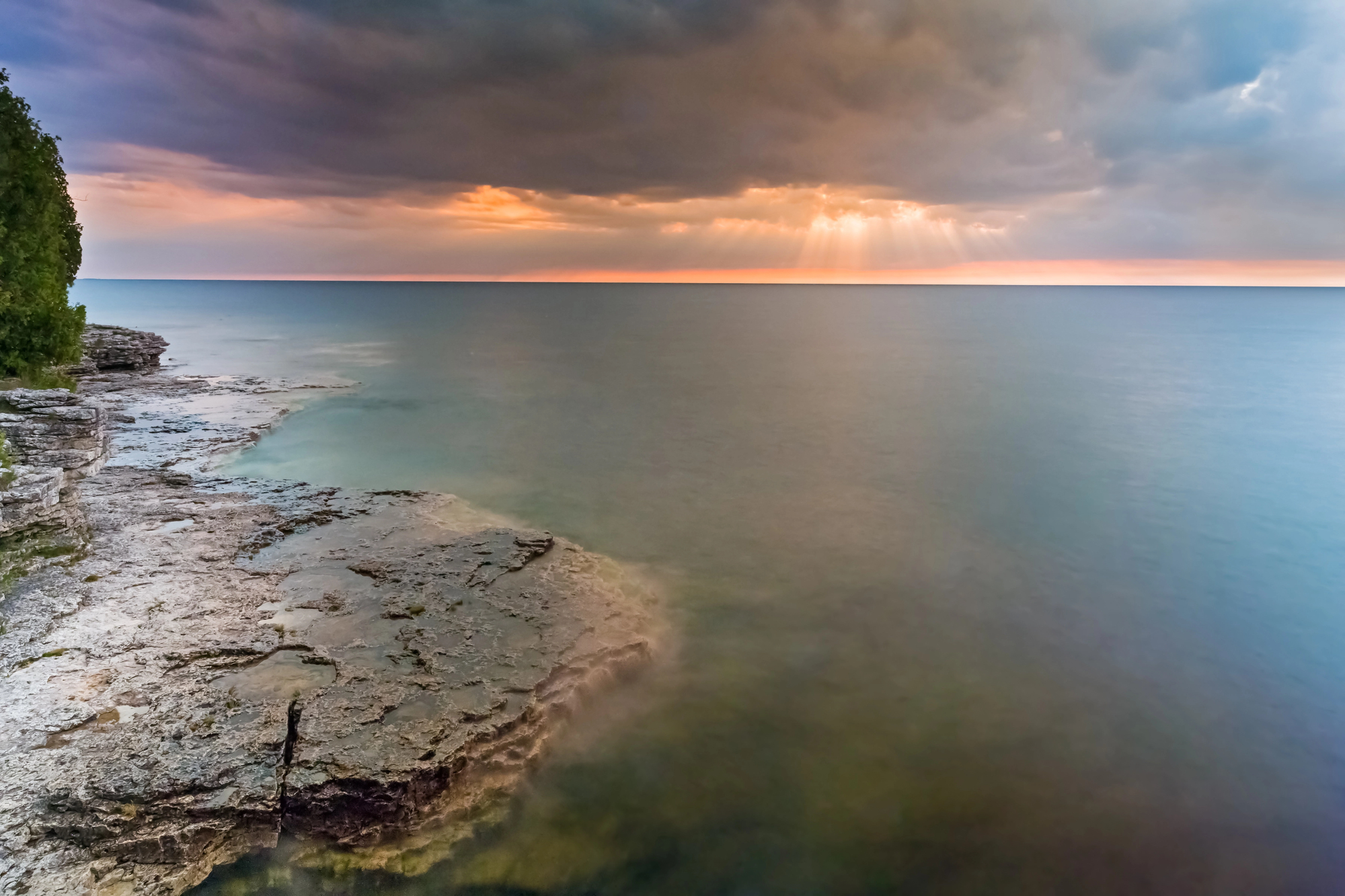
These vanished waters stand as more than cautionary tales. Some losses emerged from inevitable development, others from pure short-sightedness.
With climate change intensifying, these ghost lakes and rivers offer crucial lessons about water’s true value. Their legacy shapes modern conservation efforts and water policy discussions worldwide.
More from Go2Tutors!

- 15 Unforgettable Candy Bars From The 60s and 70’s That Disappeared Too Soon
- 15 Myths About Famous Historical Figures That Aren’t True
- Famous Battles: How Much Do You Really Know About U.S. History?
- 20 Historical Artifacts That Scientists Can’t Explain
- 15 Little-Known Facts About Famous Historical Events
Like Go2Tutors’s content? Follow us on MSN.

